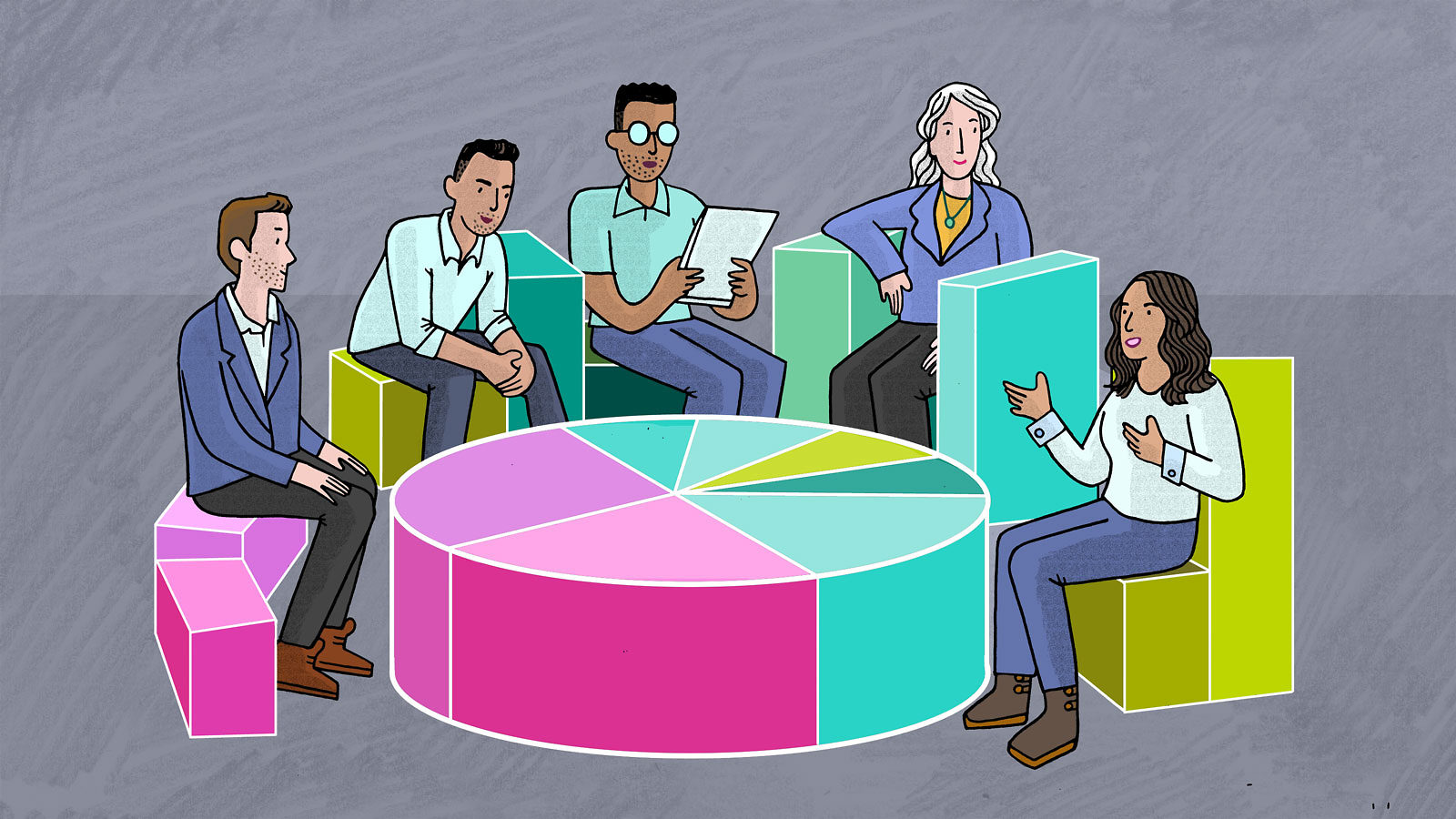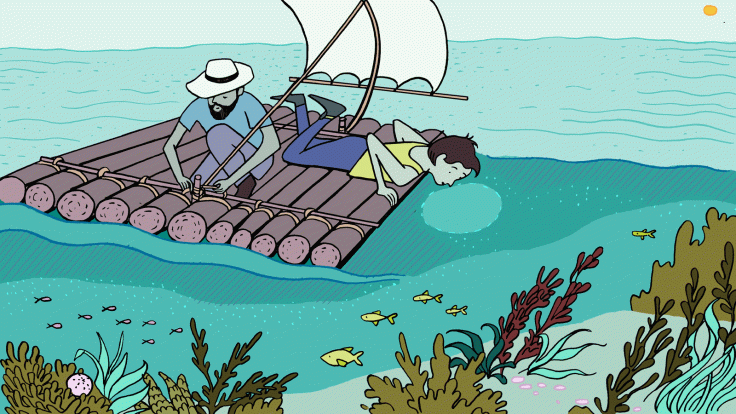In 2013, when physicist Daniel Bowring first started working at the US Department of Energy’s Fermi National Accelerator Laboratory, he attended a meeting of scientists that addressed the question of how to make recruitment more inclusive.
Bowring knew that social scientists study workplace inclusivity and diversity, and a peer-reviewed body of literature already existed that could inform and provide guidance. He suggested that, as Fermilab scientists, the group could study that literature.
Gradually, he found a critical mass of others interested in the idea. Over several discussions, Bowring says he crystallized his thinking and decided that a good avenue to explore the issues would be a journal club.
As scientists, “it’s within our wheelhouse to read papers about statistics and argue about them,” Bowring says.
In 2017 Bowring founded Fermilab’s Inclusivity Journal Club. A typical meeting includes physicists and postdoctoral researchers as well as non-science staff; students are also welcome to attend. Members read and discuss reports and peer-reviewed papers that address issues such as sexual harassment, implicit bias and best practices for expanding inclusivity.
“The club affords members of the lab community the opportunity to express concerns and ideas and experiences that may be totally foreign to other people that are in the room,” says Sandra Charles, Fermilab’s talent acquisition, diversity and inclusion manager. “That allows for discourse and raises awareness.”
It also helps people become more conscious of their colleagues’ work environment and the unique barriers they may face there.
Fermilab physicist and journal club member Erica Snider says that as a science laboratory, Fermilab should be an exemplar for using evidence-based research to inform practices.
“Why would we do anything other than look at the literature to try to understand what actually works?” she says. “It seemed quite natural to me as a scientist to want to turn to the research.”
All club members are encouraged to seek out and recommend resources for issues they wish to see addressed by the wider community. Anyone can propose a topic.
Midhat Farooq, a University of Michigan physics graduate student who works on Fermilab’s Muon g-2 experiment, led the club’s June 2018 discussion of a National Academy of Sciences, Engineering & Medicine report on sexual harassment of women in academia.
“It was a really engaging discussion,” Farooq says. The report’s strength lay in the fact that it provided very specific methods to improve an institution’s climate, she says. “I think that was very appealing to a lot of people.”
The report was one of the best things the club has read so far, says Snider, who has a leadership role in Spectrum, the lab’s LGBTQ+ lab resource group. Snider says she was inspired by that meeting to find a similar resource for the LGBTQ+ community. At her suggestion, the club read a best-practices guide for LGBTQ+ inclusivity in physics and astronomy.
One of the ways the club hopes to have an impact on the wider Fermilab community is simply by sparking discussions beyond its doors, Farooq says. “It’s a small group of people that meets, but my hope is that they go back to their co-workers and talk about it.”
Club member Mario Lucero, a diversity and inclusion specialist at Fermilab, agrees. “That’s the part I appreciate most, when dialogue happens,” he says. “I feel like these meetings are a catalyst for more in-depth conversations.”
Starting with the research can make it easier for attendees to broach what can be sensitive topics. But moving from the abstract to the personal—examining one’s own social advantages and the effects of one’s actions—is an essential step toward real change, Snider says. “Many of us in the club and the leadership of the club are privileged people,” she says, “so first we have to be aware of that fact and be able to engage in conversations about it.”
People from underrepresented groups need allies to work together to pull the arc of the moral universe toward justice, Farooq says. “Underrepresented groups are often already burdened enough and face barriers. If they have to do all of the work to remove those barriers, they often fall further behind.”
The journal club isn’t meant to tackle issues related to diversity and inclusion in the workplace on its own, but rather to be a valuable piece of a larger ecosystem of programs and initiatives, Bowring says.
He says anyone who wants to start a similar club at their own institution doesn’t need much to get going. “The best resource is the people around you,” he says. “It’s all very punk rock. All you need is more than one person and access to the literature.”
Additional journal club reading:
- Diverse Faculty in STEM Fields: Attitudes, Performance, and Fair Treatment
- Science faculty’s subtle gender biases favor male students
- Queer in STEM Organizations: Workplace Disadvantages for LGBT Employees in STEM Related Federal Agencies
- A Structural Explanation of Injustice in Conversations: It's about Norms
- Long-term reduction in implicit race bias: A prejudice habit-breaking intervention







